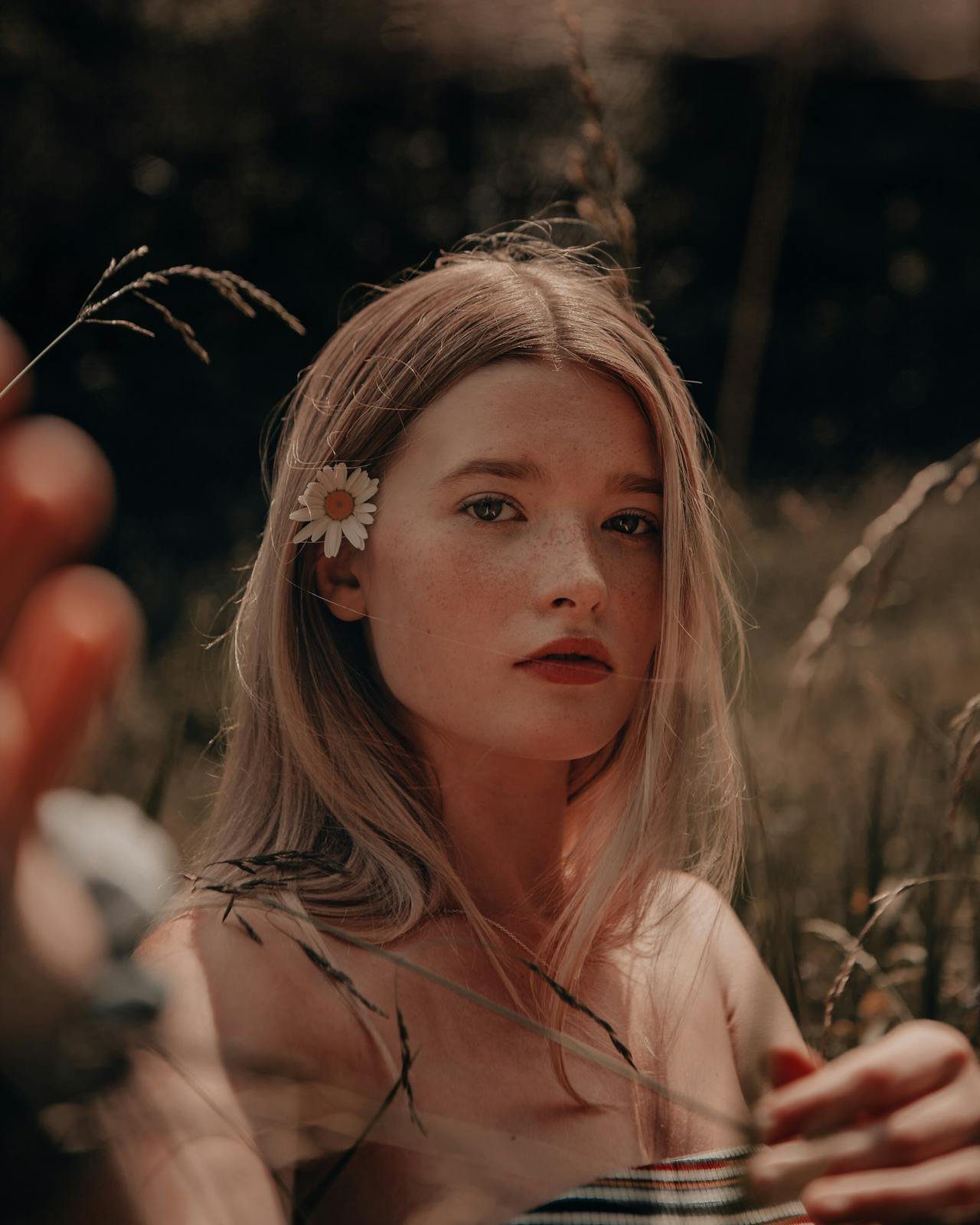Floristry combines creativity, technical ability, and a deep understanding of plants to craft stunning floral arrangements. Whether you’re pursuing floristry as a hobby or career, mastering its skills involves practice and knowledge. Here’s a comprehensive flower delivery guide:
1. Understanding Floral Design Principles
The foundation of floristry lies in strong design skills. This involves:
-
Balance: Ensure arrangements feel visually and physically balanced. Distribute flowers evenly or use asymmetry intentionally.
-
Proportion and Scale: Match the size of arrangements to the container and setting.
-
Color Theory: Learn complementary, analogous, and monochromatic schemes to create harmony or contrast.
-
Texture: Combine smooth, rough, velvety, or spiky textures for depth.
-
Line and Movement: Arrange flowers to guide the eye naturally through the design.
2. Flower and Plant Knowledge
Florists must understand the materials they work with, including:
-
Flower Types: Know different flowers (e.g., roses, lilies, daisies) and their unique shapes, colors, and meanings.
-
Seasonality: Identify which flowers are available during specific times of the year.
-
Care and Maintenance: Learn how to condition and store flowers to extend their lifespan (e.g., trimming stems, proper hydration, refrigeration).
-
Toxicity: Be aware of plants that may be harmful to pets or people.
3. Floral Arrangement Techniques
Practical skills are essential to crafting various arrangements. Key techniques include:
-
Hand-tied Bouquets: Arranging flowers in a spiral technique for symmetry.
-
Foam Arrangements: Using floral foam to secure flowers in specific designs.
-
Wiring and Taping: Adding strength to delicate flowers or creating shapes.
-
Gridding: Using tape or wire to secure stems in vases.
-
Layering and Depth: Building arrangements in layers for a 3D effect.
4. Tool Proficiency
Florists must handle tools effectively:
-
Essential Tools: Floral scissors, knives, wire cutters, and pliers.
-
Floral Foam: For secure arrangements.
-
Vases and Containers: Choose styles that complement your design.
-
Glue Guns and Floral Adhesives: Secure decorations or small details.
-
Ribbons and Wrapping Materials: Add decorative finishing touches.
5. Creativity and Innovation
Successful floristry goes beyond technical skills. Cultivate creativity by:
-
Experimenting: Mix unusual flower types, colors, or textures.
-
Adapting to Trends: Stay informed about contemporary floral styles and cultural preferences.
-
Theme and Mood Setting: Use flowers to evoke specific emotions or atmospheres (e.g., romantic, modern, rustic).
6. Event and Client Coordination
Working with clients and tailoring arrangements to their needs is crucial:
-
Consultation Skills: Understand the client’s vision for weddings, funerals, or corporate events.
-
Budget Management: Create designs that align with financial constraints.
-
Time Management: Deliver flowers on schedule, especially for events.
-
Personalization: Include meaningful flowers or colors that align with cultural or personal significance.
7. Business and Marketing Skills
For professional florists, running a business requires additional expertise:
-
Pricing: Calculate costs of materials and labor for profitability.
-
Branding: Establish a unique aesthetic or style.
-
Online Presence: Build an engaging website or social media to showcase work.
-
Customer Service: Build long-term relationships through excellent service.
8. Sustainable Floristry Practices
Modern florists often prioritize eco-friendly methods:
-
Reuse and Recycling: Incorporate reusable vases and minimize waste.
-
Sourcing: Use locally grown or seasonal flowers to reduce the carbon footprint.
-
Eco-Friendly Products: Opt for biodegradable floral foam and natural dyes.
9. Safety and Ergonomics
Floristry can be physically demanding, so focus on:
-
Proper Handling: Avoid injuries by using sharp tools safely.
-
Posture: Maintain good posture while working to reduce strain.
-
Protective Gear: Wear gloves to prevent contact with toxic plants or sharp tools.
10. Education and Practice
Enhance your skills through learning and experience:
-
Workshops and Courses: Attend classes to learn from professionals.
-
Floral Competitions: Join competitions to challenge and refine your skills.
-
Hands-On Practice: Regularly experiment with arrangements to build confidence.
Hong Kong florist recommendations
Floristry is a rewarding blend of art, science, and service. By developing these skills and staying passionate about your craft, you can create beautiful, meaningful floral designs for any occasion. Whether you aim to delight clients or decorate your home, floristry offers endless opportunities for growth and creativity.




